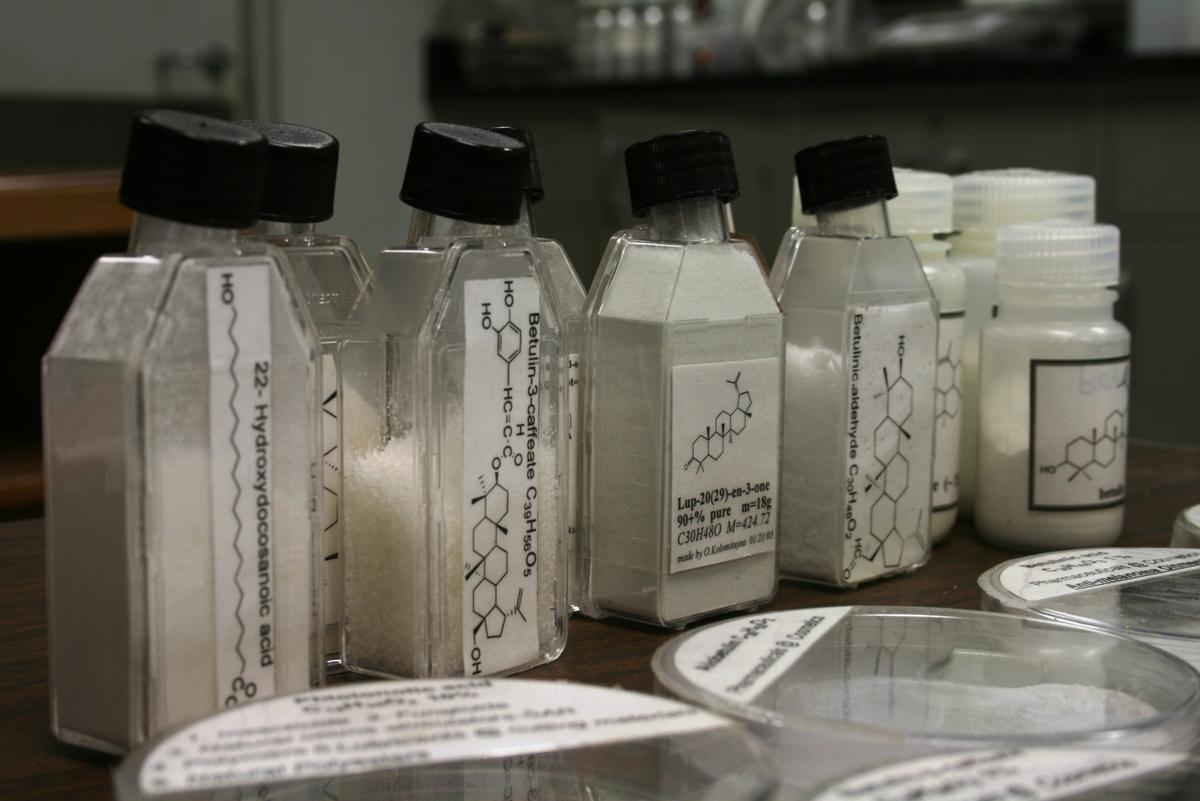Modern science and ancient medicine have both confirmed the healing powers of the natural chemicals in birch bark. The problem has been that extracting the valuable chemicals rom the outer bark is laborious and therefore expensive.
The Natural Resources Research Institute at the University of Minnesota Duluth received in January, a National Science Foundation Grant to work with a Minnesota producer of natural birch bark chemicals to increase production and lower price significantly.
"Today, natural chemicals can be produced in the lab in grams, not more," explained NRRI Chemist Pavel Krasutsky who holds 12 patents for this extraction process . "This new technology we're developing will produce tons and make these natural products industrially available."
Krasutsky and his team of chemists at NRRI will work with The Actives Factory, a small start -up business in Two Harbors, Minn., owned by Brian Garhofer. He started the business in 2013 after purchasing the license to use NRRI's patented processes for extracting beneficial triterpenoids. He learned, howe ver, that the market for these chemicals – while certainly in demand – was limited by the process and expense. The current market price for small amounts of some triterpenoids is $10,000 to $20,000 per kilogram.
The NSF Small Business Innovation Technology Transfer Research grant will be deployed in two phases. The first phase grant of $225 ,000 will be used to develop the process at the lab scale, test the feasibility and conduct market research. If that proves successful, the second phase will begin in 2017 to scale up the process and commercialize the products.
The proprietary process will produce chemicals from the chemical family of triterpenoids that are well- known in certain industries for their beneficial uses: betulin, betulinic aldehyde, betulinic acid and lupeol. Research has indicated they are effective for prevention and treatment of cancer, chronic inflammation, HIV/AIDS, type 2 diabetes, tuberculosis and more.
And there's no shortage of available birch bark. These natural chemicals are extracted from a renewable, waste byproduct of the wood products industry. "For us to meet the demand of one drug on the market, we would probably process what the average paper mill puts out in one week," Garhofer explained. "In Alaska, they debark the trees before shipping the wood overseas. There are not enough facilities to burn it all so there are mountains of birch bark in Alaska."
For now, however, Garhofer is getting his birch bark from readily available Minneso a sources , catching it before it's incinerated as cheap fuel. He is working with a number of cosmetic and personal care companies who are testing the chemicals for their products. Once The Actives Factory is able to provide large scale production , the market will expand to large pharmaceutical and biotech companies.
"And although we're looking at compounds from birch bark, this process may be feasible for product s from other natural sources ," Garhofer added. "But for now, there's plenty of potential in the amazing birch tree."
